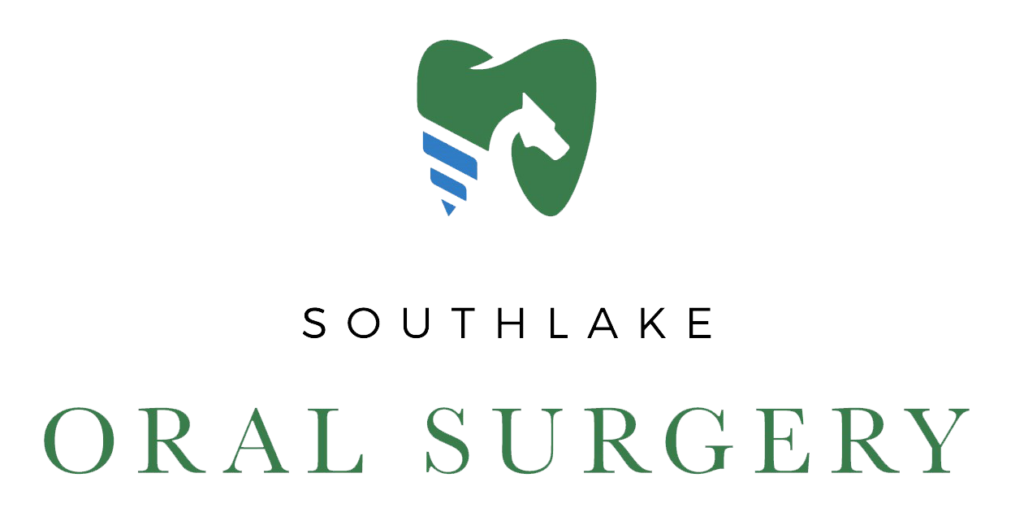Impacted Canines
An impacted tooth is one that is unable to emerge and serve its function. Issues often arise with impacted wisdom teeth, located at the back of the jaw, leading to painful infections and various complications. Wisdom teeth are typically extracted if problems arise, as they are not functionally necessary. The second most common is the maxillary cuspid (upper eyetooth / canines), a vital tooth in the dental arch that plays a crucial role in bite alignment. Cuspid teeth have strong biting capabilities and lengthy roots, guiding the other teeth into the proper bite when the jaws close. Maxillary cuspid teeth usually erupt around age 13, however if they become impacted, efforts are made to assist their eruption. Techniques for aiding eruption can be applied to any impacted tooth in the upper or lower jaw, with 60% of impacted eyeteeth found on the palatal side.
What if the Impacted Tooth Does Not Erupt Naturally?
Collaboration between the orthodontist and oral surgeon is crucial for impacted eyeteeth. Braces are employed by the orthodontist to create the necessary space for the impacted tooth. Subsequently, the patient is directed to undergo a surgical procedure performed by one of our doctors. During this procedure, the impacted tooth is exposed, and an orthodontic bracket with a gold chain is attached.
After a brief recovery period, the patient returns to the orthodontist. Using a rubber band, the orthodontist applies a controlled, gradual force to guide the impacted tooth into its proper position in the dental arch. This process unfolds over approximately a year. The primary objective is to successfully erupt the impacted tooth, avoiding the need for extraction.
Once the tooth is in its final position, the surrounding gum undergoes evaluation for strength and health. In certain cases, minor gum surgery may be recommended to enhance the gum tissue over the relocated tooth, ensuring its long-term health during normal function. Specific details pertaining to this may be provided by your dentist or orthodontist based on your unique situation.
